Raptors, the majestic birds of prey, are renowned for their hunting prowess and diverse diets. While we often associate them with common prey like rodents and small birds, some raptors have been found with rather unexpected items in their stomachs. Let’s delve into nine astonishing examples that highlight the surprising versatility of these avian hunters.
Red-Tailed Hawk’s Unusual Meal Choices
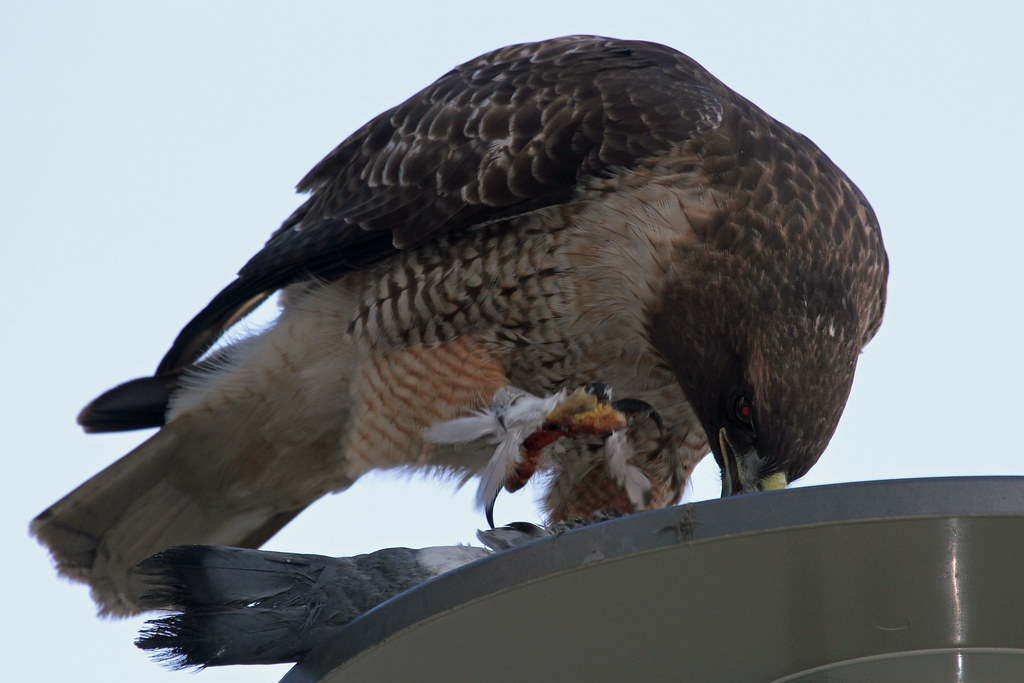
The red-tailed hawk is a highly opportunistic feeder, primarily preying on small mammals such as rodents and lagomorphs. However, their diet is remarkably diverse, encompassing birds, reptiles, fish, amphibians, and even invertebrates. In some instances, red-tailed hawks have been observed consuming pocket gophers, which are typically nocturnal and elusive during the day. This suggests that these hawks may hunt during the dim light of dawn or dusk when gophers are more active. Additionally, red-tailed hawks have been known to prey on larger mammals like armadillos and even domestic cats, showcasing their adaptability in hunting various prey sizes..
Harpy Eagle’s Preference for Sloths
The harpy eagle, one of the largest and most powerful raptors, exhibits a strong preference for tree-dwelling mammals, particularly sloths. Studies have shown that sloths constitute a significant portion of their diet, with some research indicating that they account for up to 79% of the harpy eagle’s prey. This preference is likely due to the sloth’s slow movements, making them easier targets for the eagle’s swift and powerful attacks. Additionally, harpy eagles have been observed preying on various monkey species, further highlighting their specialization in hunting arboreal mammals.
Golden Eagle’s Surprising Taste for Tortoises
Golden eagles are known for their diverse diet, which includes mammals, birds, and reptiles. In some regions, they have been observed preying on tortoises, a rather unexpected choice given the reptile’s hard shell. The eagles employ a unique hunting technique: they grasp the tortoise, fly to a considerable height, and then drop it onto rocks to break the shell, allowing access to the meat inside. This behavior demonstrates the golden eagle’s adaptability and problem-solving skills in accessing unconventional food sources.
Eurasian Eagle-Owl’s Aquatic Appetite
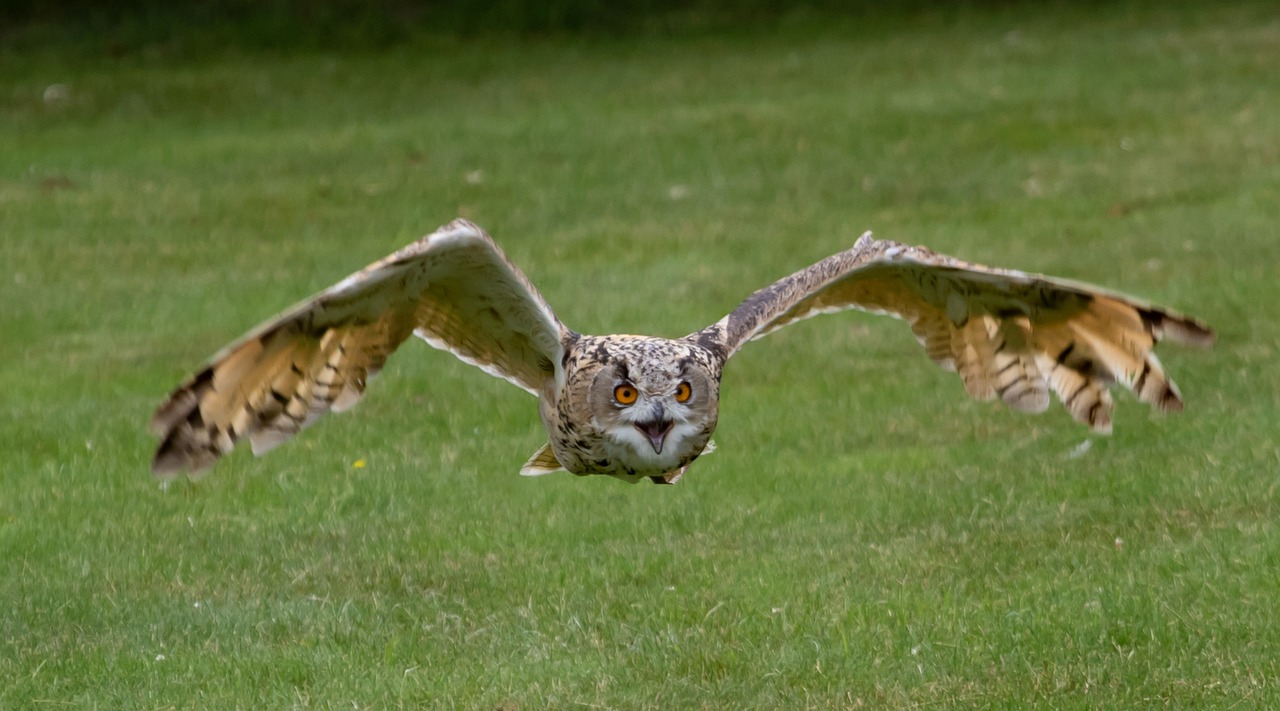
The Eurasian eagle-owl, primarily known for hunting mammals and birds, has also been found to consume fish. While not a common part of their diet, these owls have been recorded preying on various fish species, including carp and trout. This opportunistic feeding behavior indicates that the Eurasian eagle-owl can adapt its hunting strategies based on prey availability, even venturing into aquatic environments to secure a meal.
Velociraptor’s Scavenging Habits
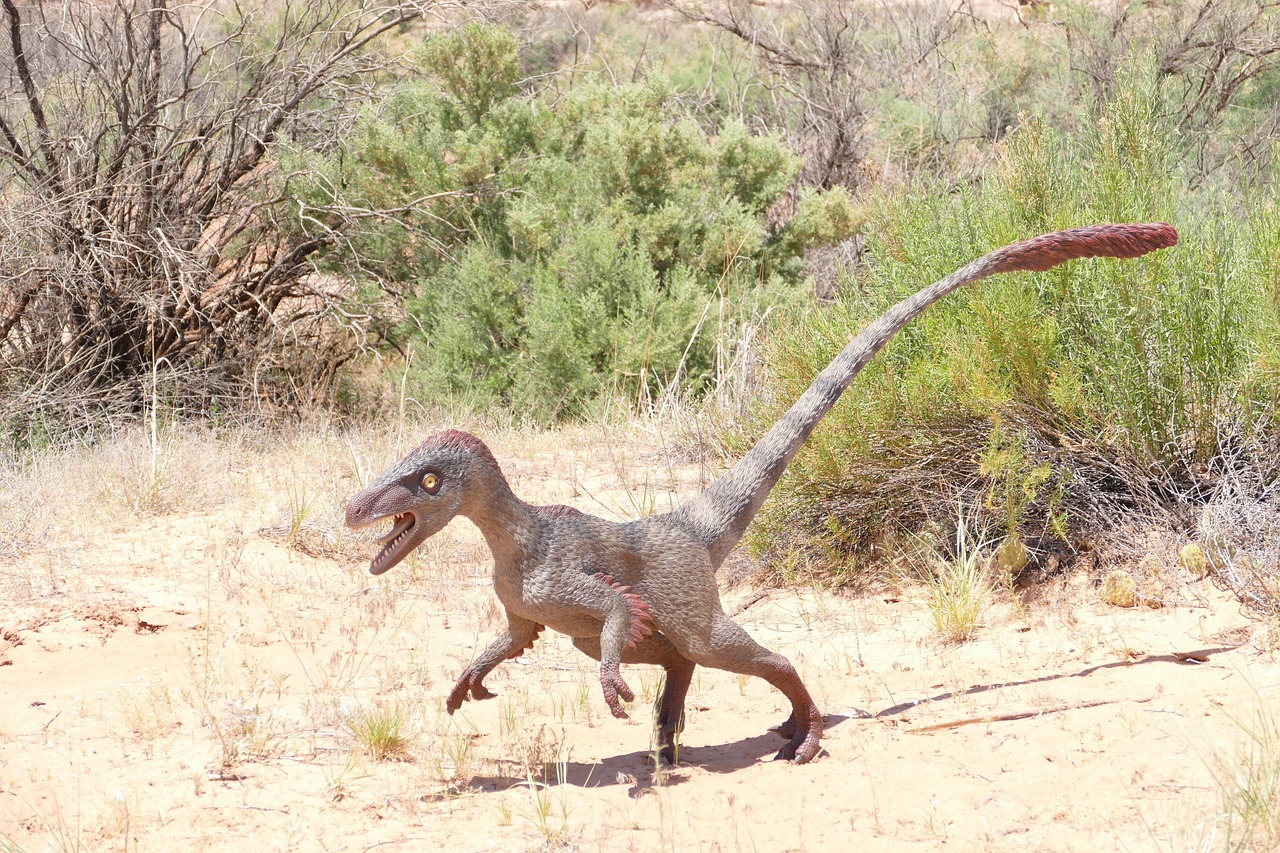
Fossil evidence has revealed that the Velociraptor, a dinosaur closely related to modern birds of prey, was not solely a hunter but also engaged in scavenging. A 75-million-year-old specimen was found with a pterosaur bone in its gut, suggesting that it consumed carrion when the opportunity arose. This finding challenges the traditional view of Velociraptors as exclusive predators and highlights their opportunistic feeding behavior.
Gorgosaurus’s Appetite for Drumsticks
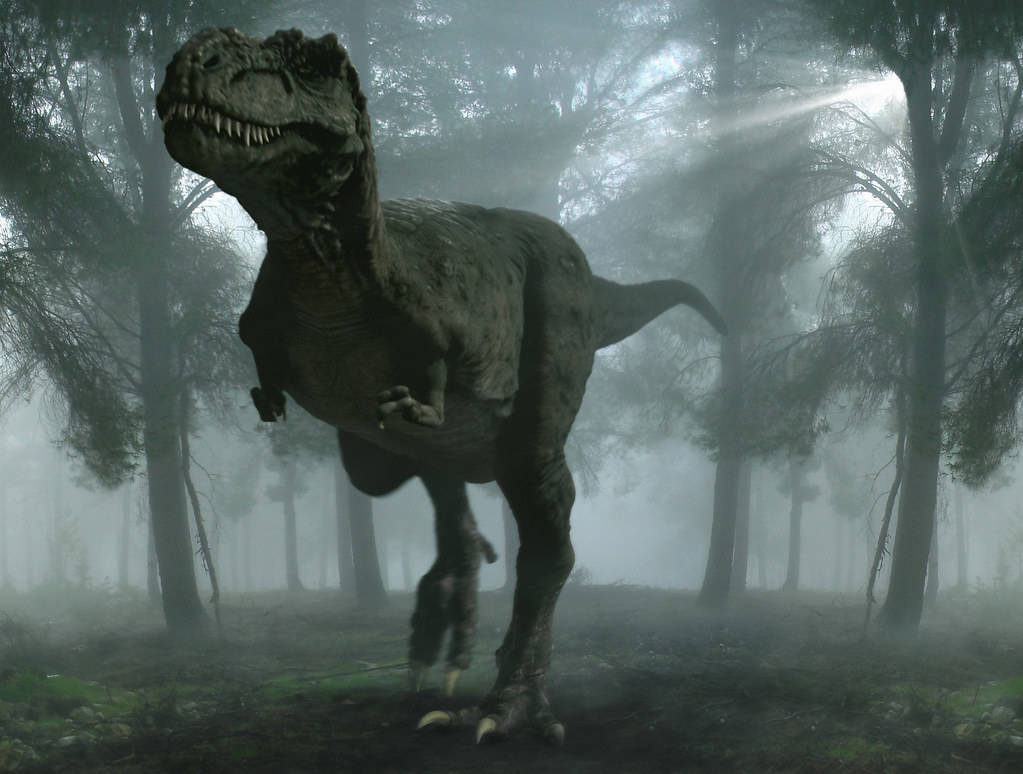
A remarkable fossil discovery revealed the stomach contents of a juvenile Gorgosaurus, a member of the tyrannosaurid family. Inside its ribcage were the remains of two young, bird-like dinosaurs called Citipes, specifically their legs. This suggests that the Gorgosaurus selectively consumed the meatiest parts of its prey, much like a preference for “drumsticks.” This insight provides a glimpse into the dietary habits and preferences of young tyrannosaurs.
Longipteryx’s Unexpected Seed Diet
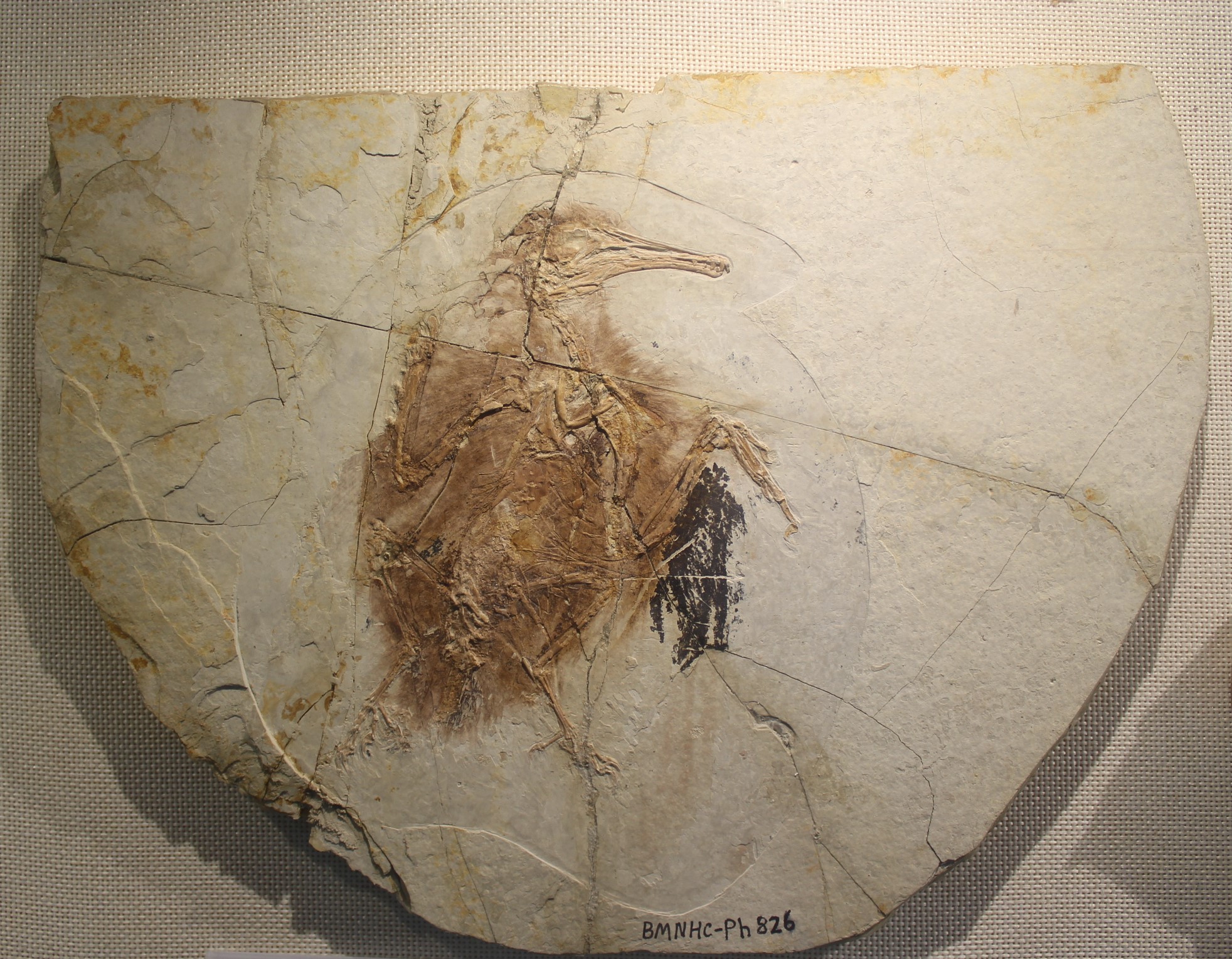
Longipteryx, a prehistoric bird from the Early Cretaceous period, was initially thought to be a fish-eater due to its elongated beak. However, fossilized stomach contents revealed seeds from ancient trees, indicating a diet that included plant material. This discovery challenges previous assumptions about its feeding habits and suggests that Longipteryx had a more varied diet than previously believed.
Red-Tailed Hawk Swallowing Large Prey Whole
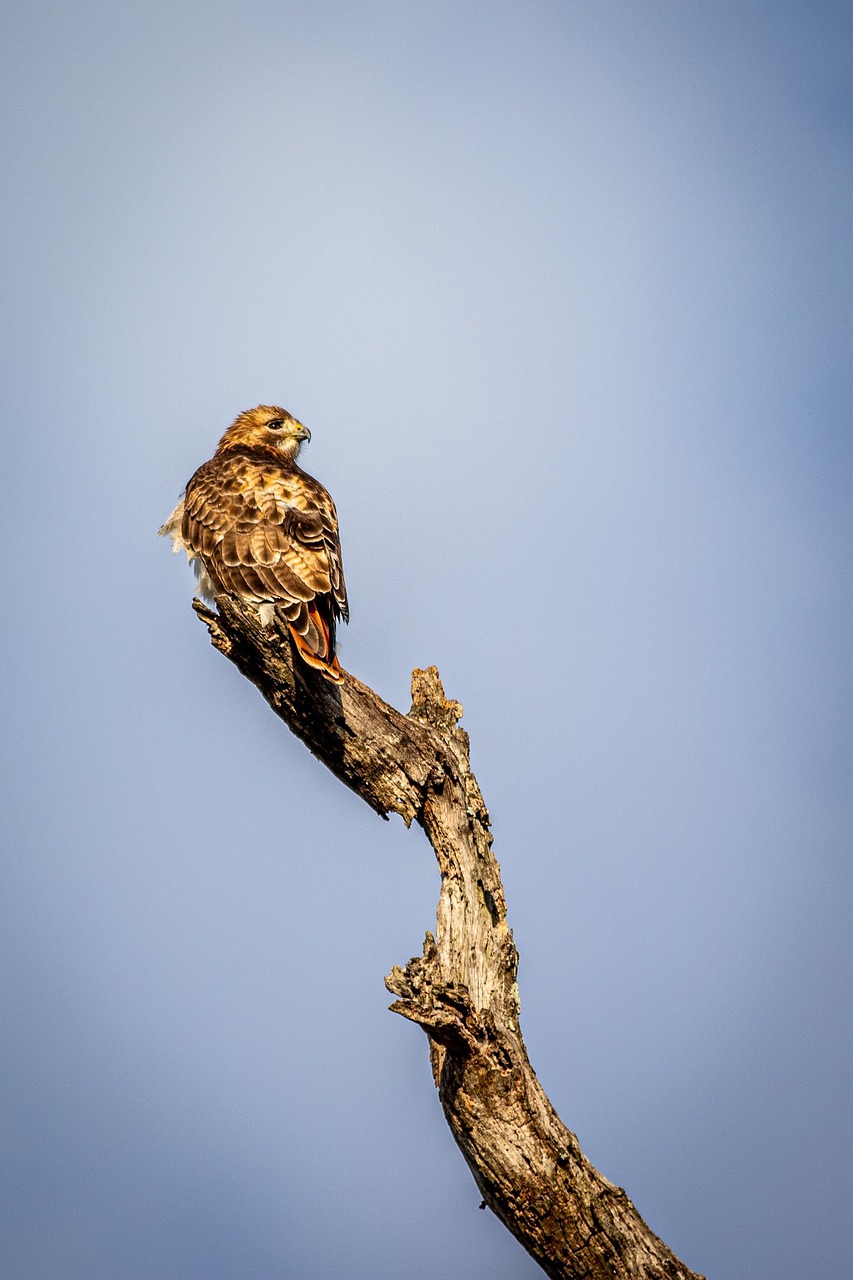
An unusual observation involved a red-tailed hawk swallowing a large rat whole, a behavior not commonly documented. While these hawks are known to consume smaller prey in this manner, ingesting larger prey whole is rare. This behavior may be an adaptation to minimize the risk of losing the meal to other predators or scavengers. The hawk in question was found with a ruptured crop, likely due to the size of the prey, highlighting the potential risks associated with such feeding strategies.
Harris’s Hawk’s Cooperative Hunting
Harris’s hawks are unique among raptors for their cooperative hunting behavior. They hunt in family groups of 3-7 birds, employing strategies similar to wolf packs. This social hunting method allows them to take down larger prey than they could individually. Such cooperation is rare among raptors and showcases the complex social structures and hunting strategies that can evolve in these birds.
These examples underscore the remarkable adaptability and diverse feeding behaviors of raptors, both ancient and modern. Their ability to exploit a wide range of food sources has been a key factor in their survival and success across various habitats.
